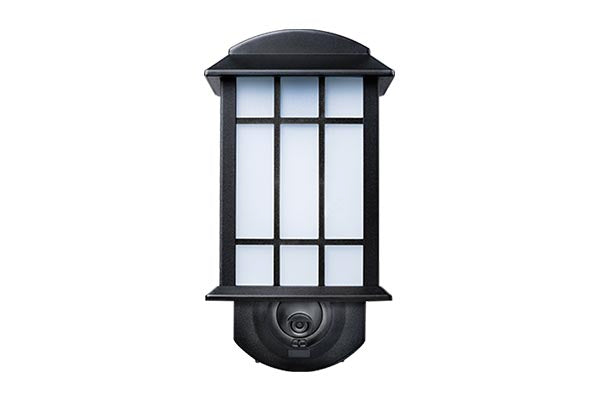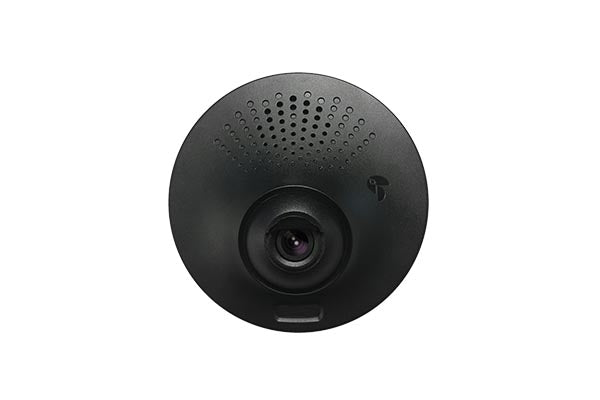How to Secure Your Home Wireless Network
Most people opt to use Wi-Fi for their home networks. A wireless router and your favorite provider can make connecting to the Internet a breeze. You can stream video, spend time on social networks, check email, and if you set up a smart home, Wi-Fi can even control devices like air conditioning, refrigerators, and modern security systems, like Kuna.
With so much personal data running through your home, there are some risks that come with having Wi-Fi. How do you protect yourself?
The Dangers
Unauthorized Access to Your Data
Hackers can do all sorts of mischief once they gain access to your network. Home wireless networks are not as secure as traditional Ethernet networks because any device can connect to them; there’s no need to physically plug in a wire. If your wireless connection is not secure, any sensitive, personal information on your desktops, laptops and mobile devices is at risk.
Unauthorized Access to Your Devices
If your temperature and lighting are controlled by Wi-Fi compatible smart devices, they can be subject to mischief by someone with a bad sense of humor, or worse. Have you heard the story of the baby monitor that got hacked?
Unauthorized Use of Your Wi-Fi
Anyone nearby can use your Wi-Fi connection if it’s public. Criminals can use open Wi-Fi networks as cover for illegal activities. Even if people nearby just want to mooch off your bandwidth, you’ll still have to deal with the irritation of a slow Internet connection.
The Solutions
Start with Password Protection
Lock your Wi-Fi network by requiring all devices to enter a password before connecting. A strong password may be a slight inconvenience when logging on to your Wi-Fi, but it pays off for your security and peace of mind. Share this password only with people you trust, and tell them to keep it to themselves.
Choose Stronger Encryption
When setting the router settings, do not forget to choose WPA or WPA2 encryption over the older and more vulnerable WEP encryption. If your router doesn’t support WPA or WPA2 encryption, it is time to make a small investment in a router upgrade.
Make Your Home Network Invisible
To make your home network invisible, turn off SSID broadcasting in your router settings. This makes your network name invisible in local network searches. People will have to manually enter the network name to log on, and this thwarts people who go after visible networks at random.
PRO-TIP: Router capabilities vary by model and manufacturer. Check your router’s manual or contact their support team if you need help.
Do you have a tip for home network security? Share it with us in the comments below.
Also read: Safe Social Media: A Primer for Personal, Family and Home Safety
The post How to Secure Your Home Wireless Network appeared first on Kuna.
Stop break-ins before they happen.

Save $20 on your first order.
Latest news, feature updates, and exclusive discounts.




